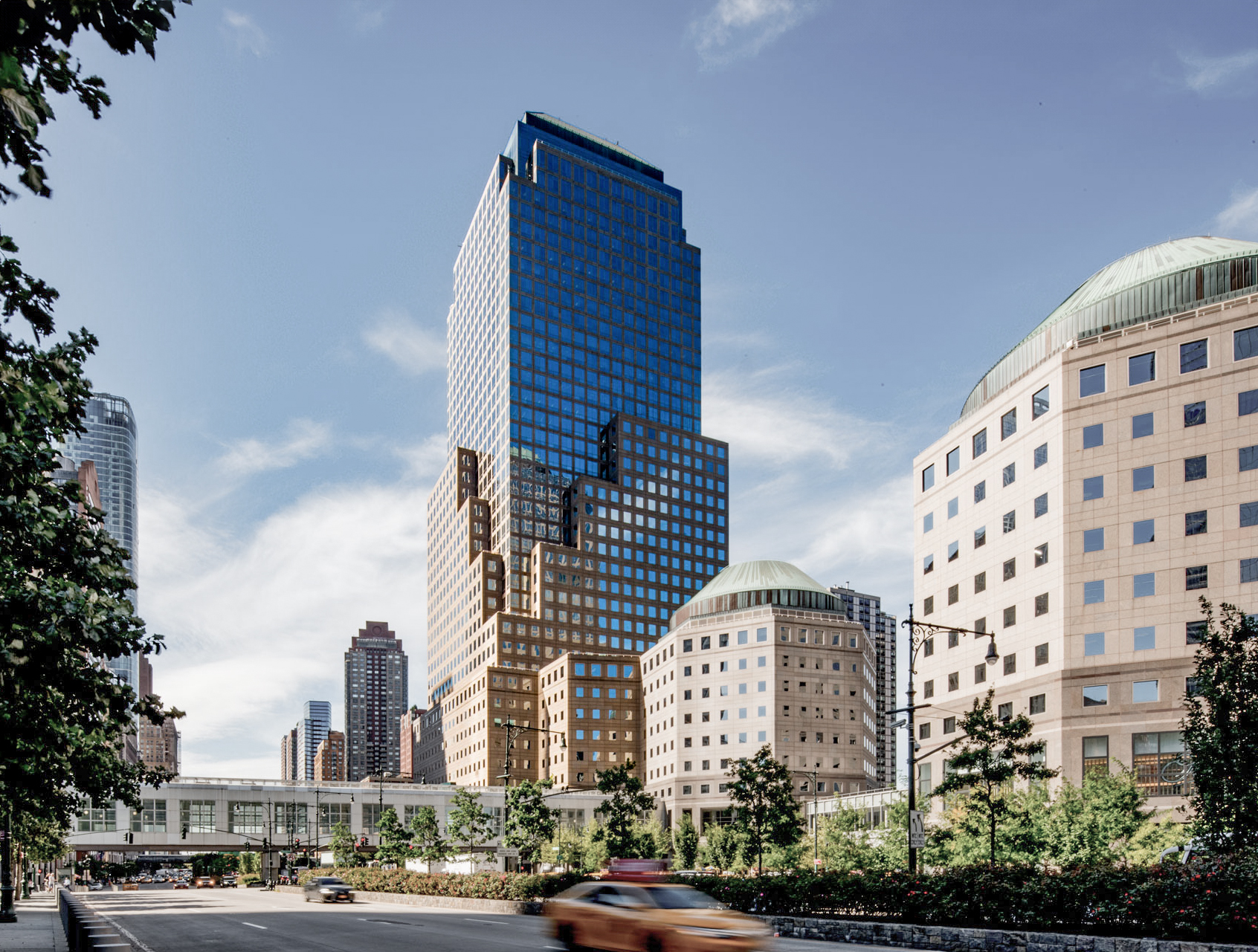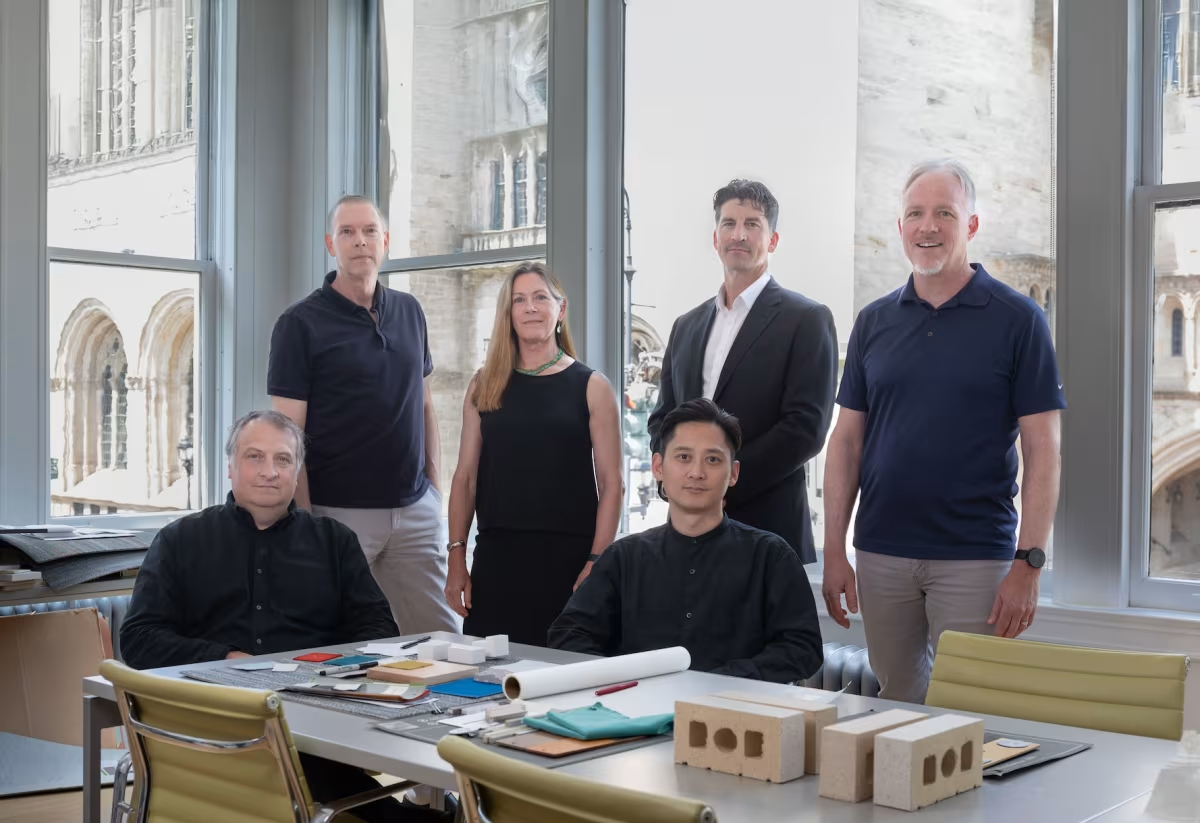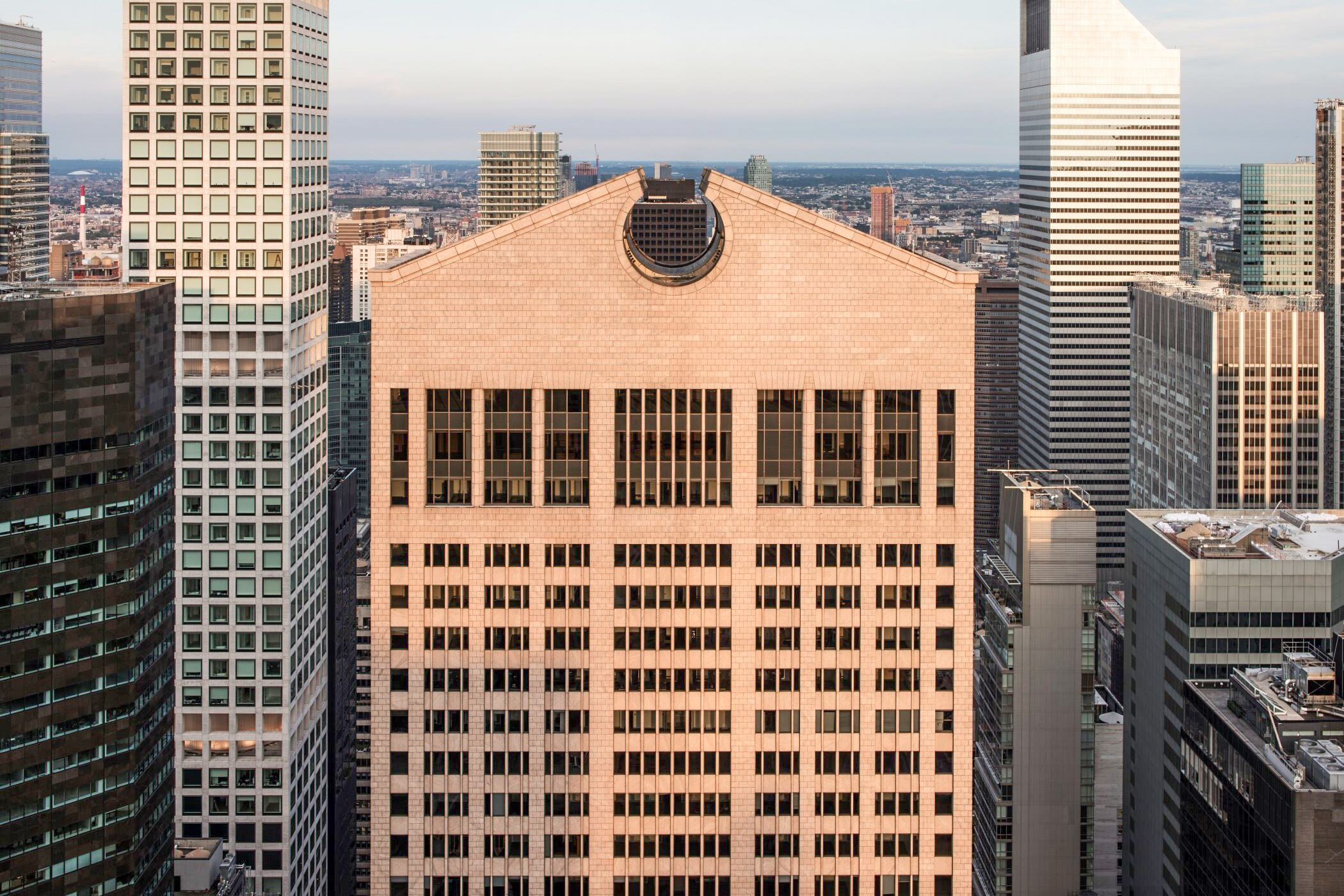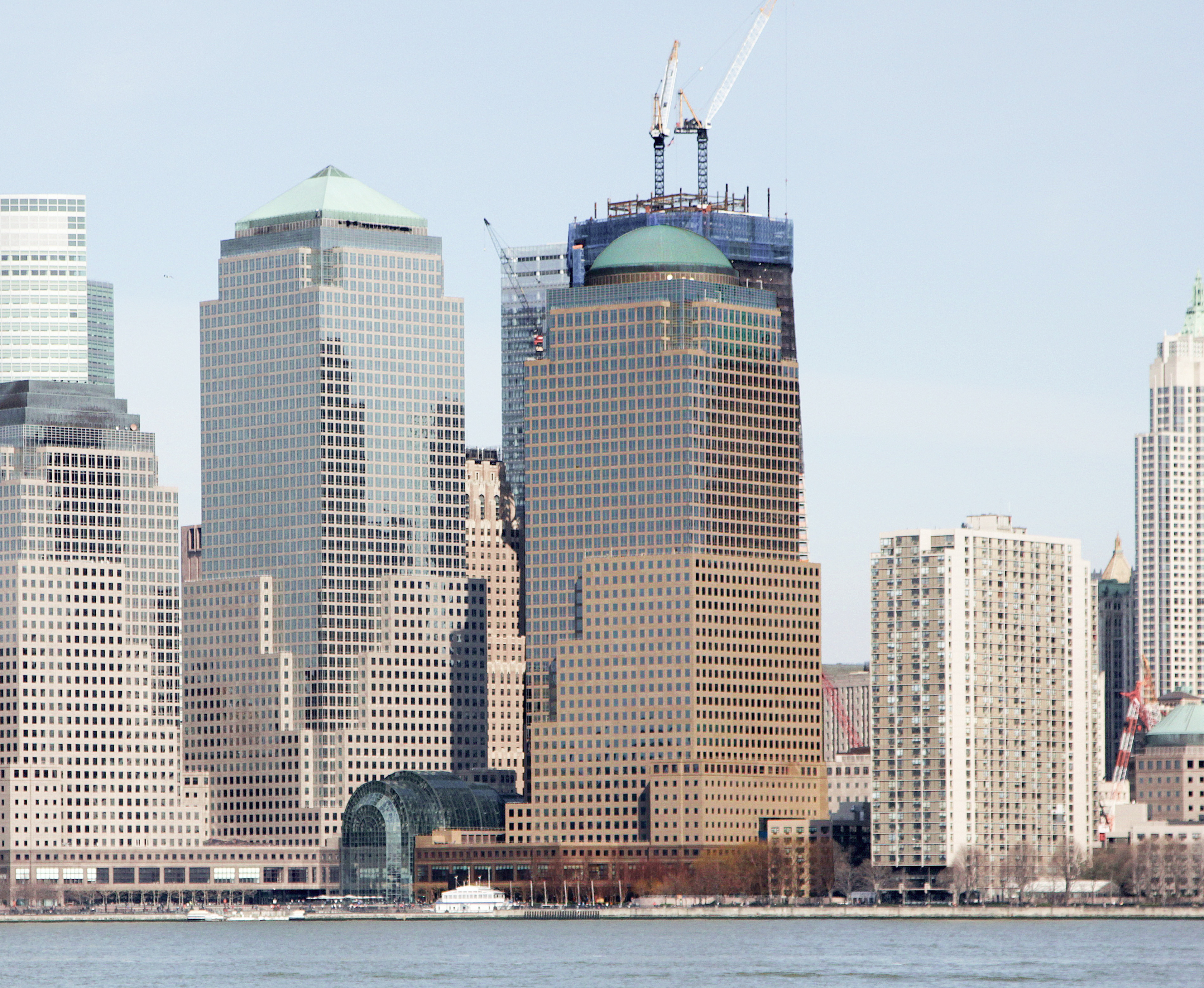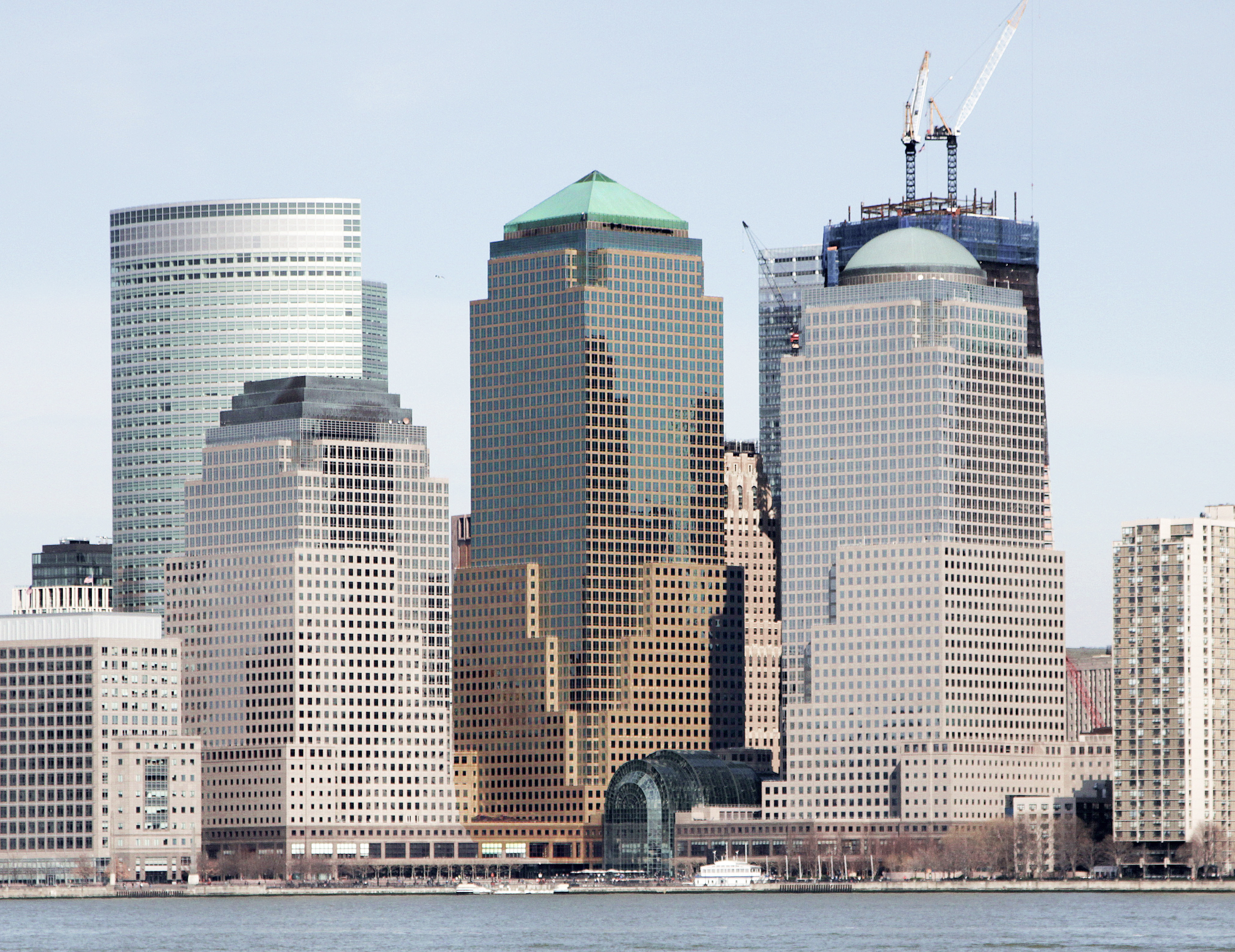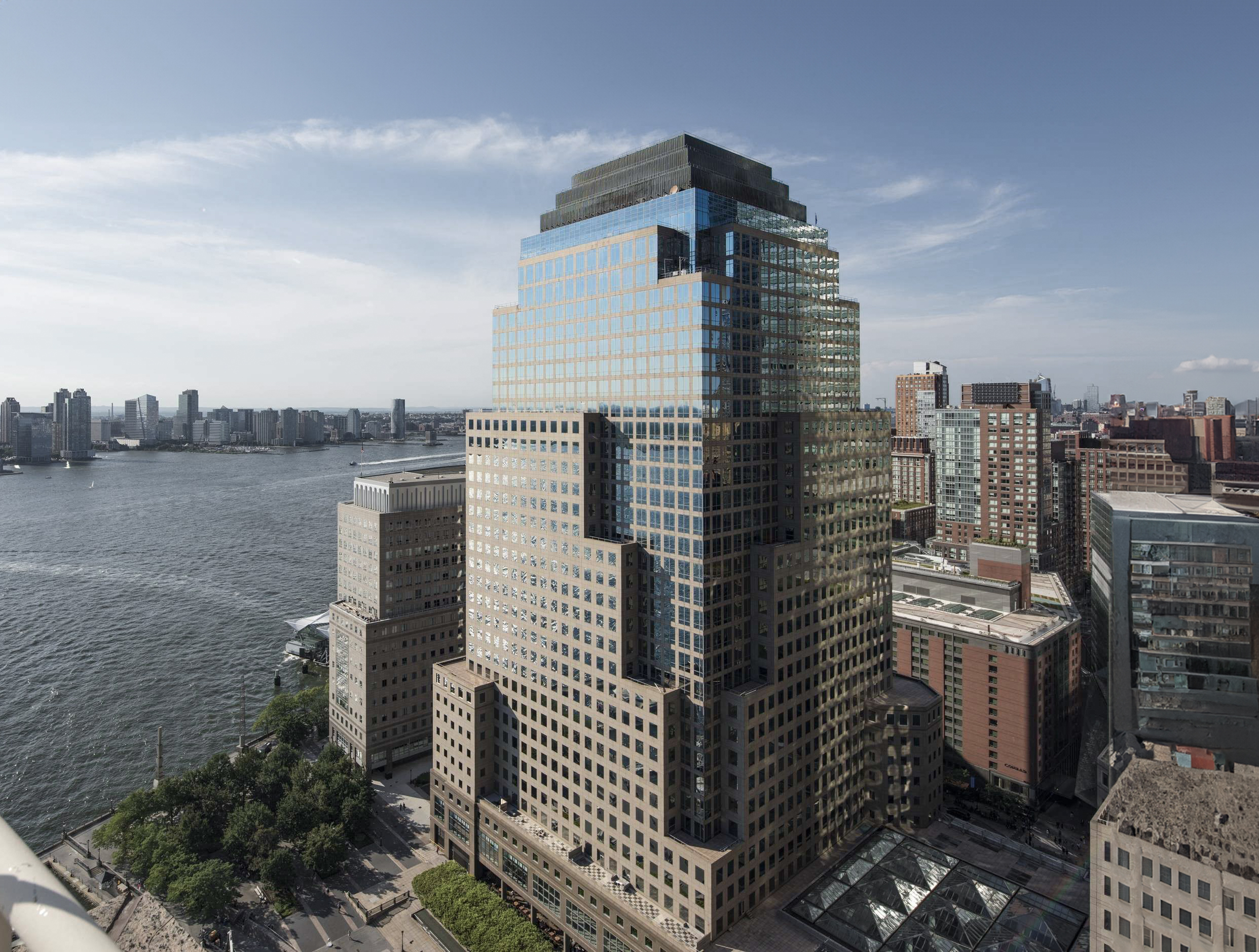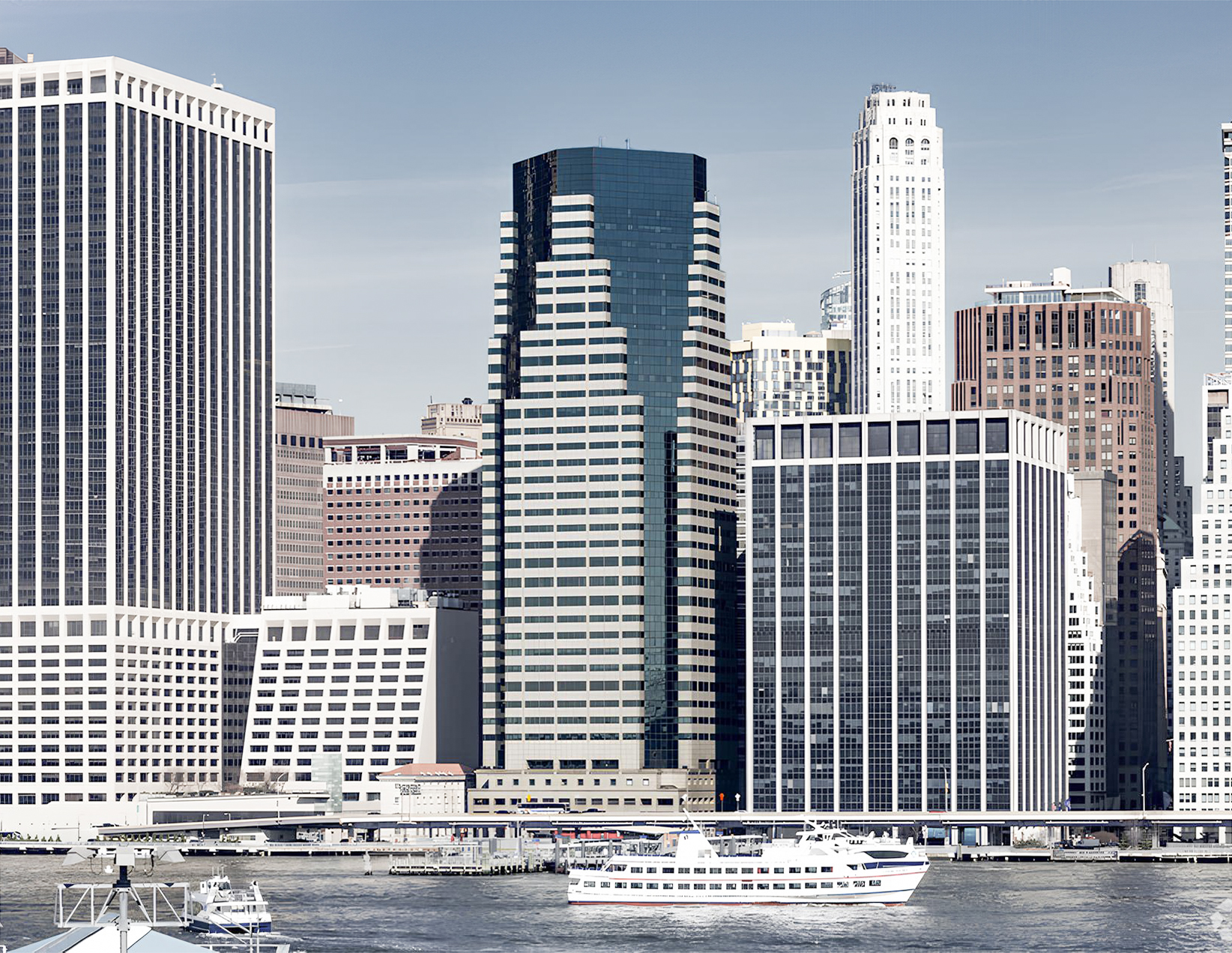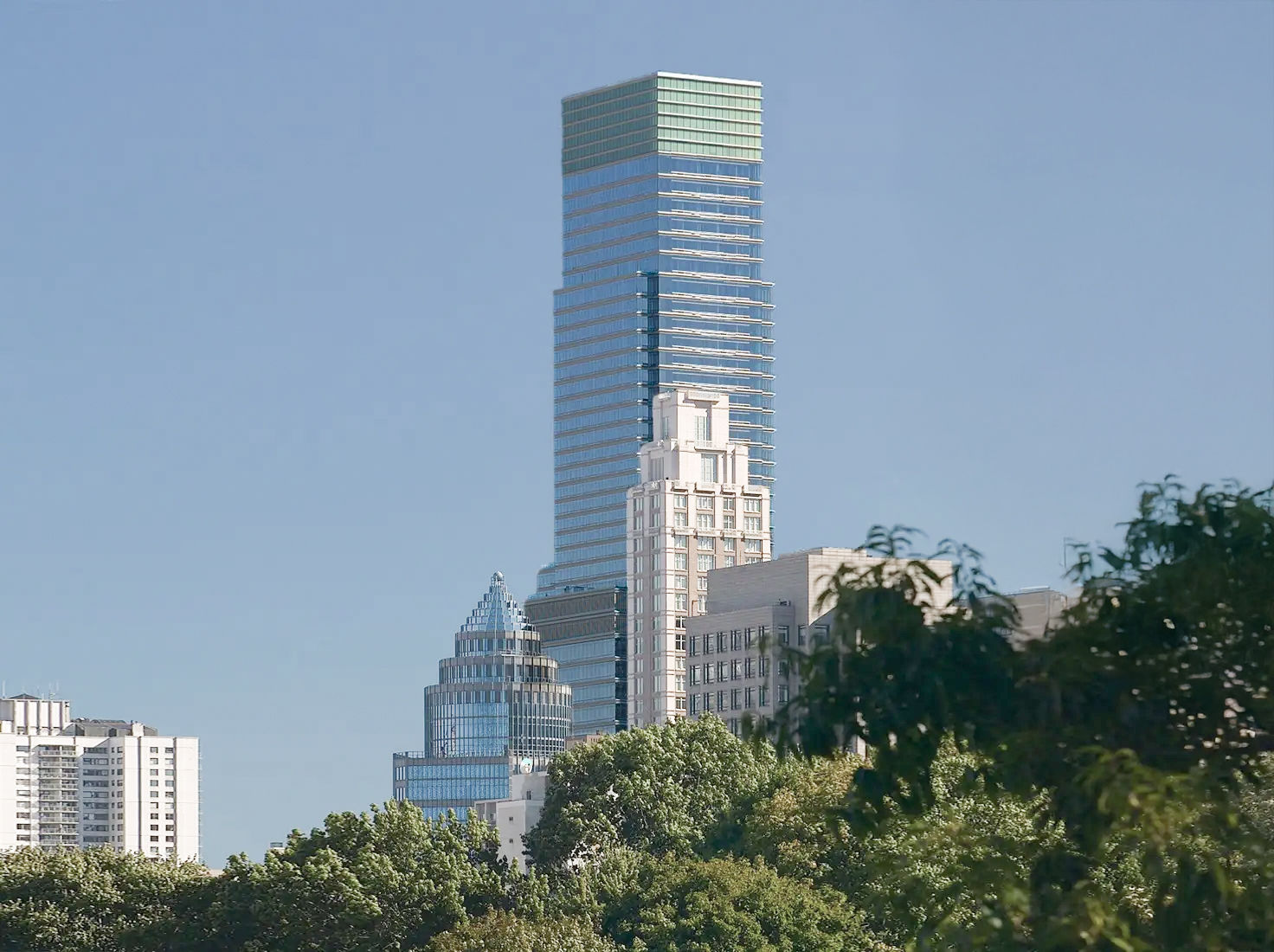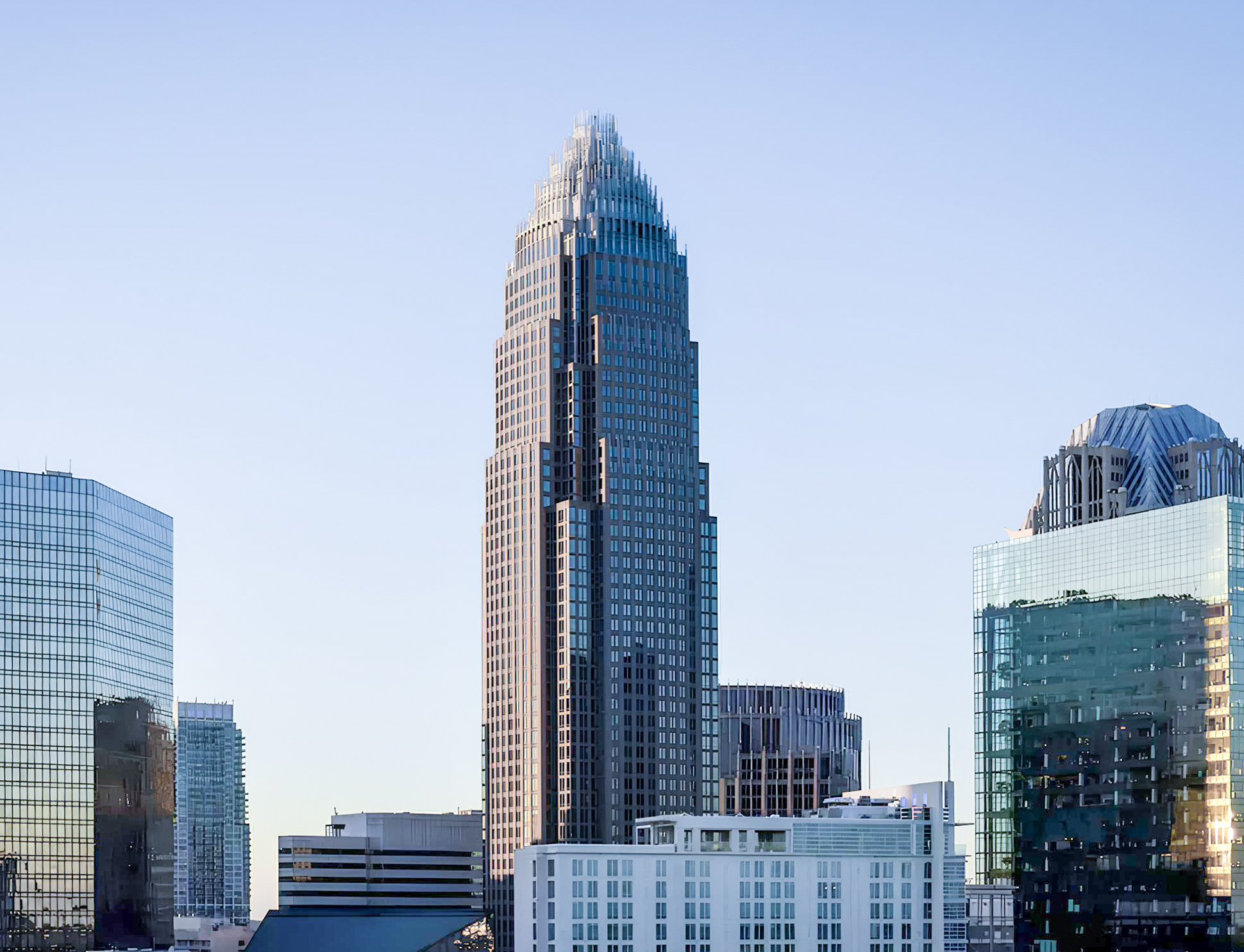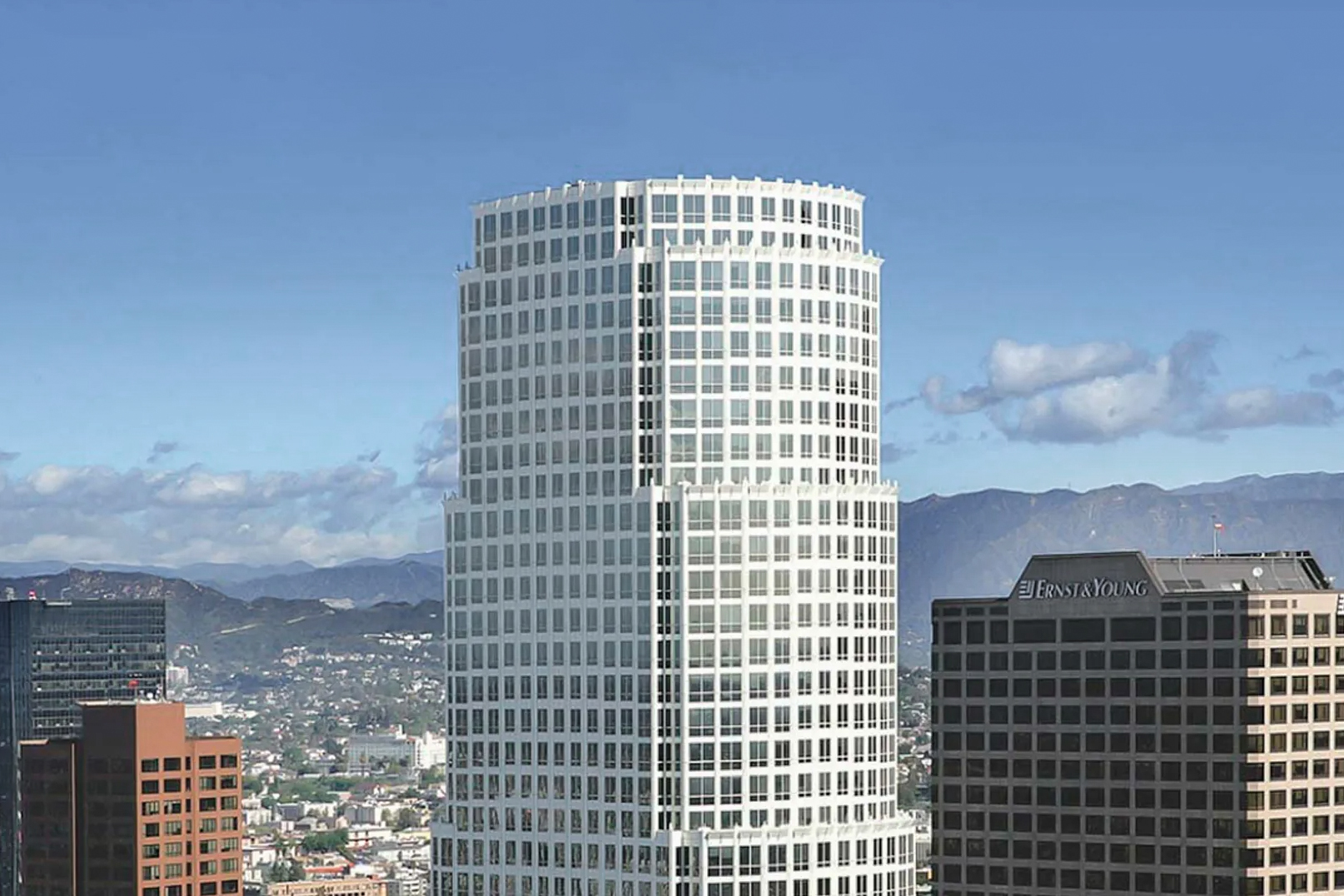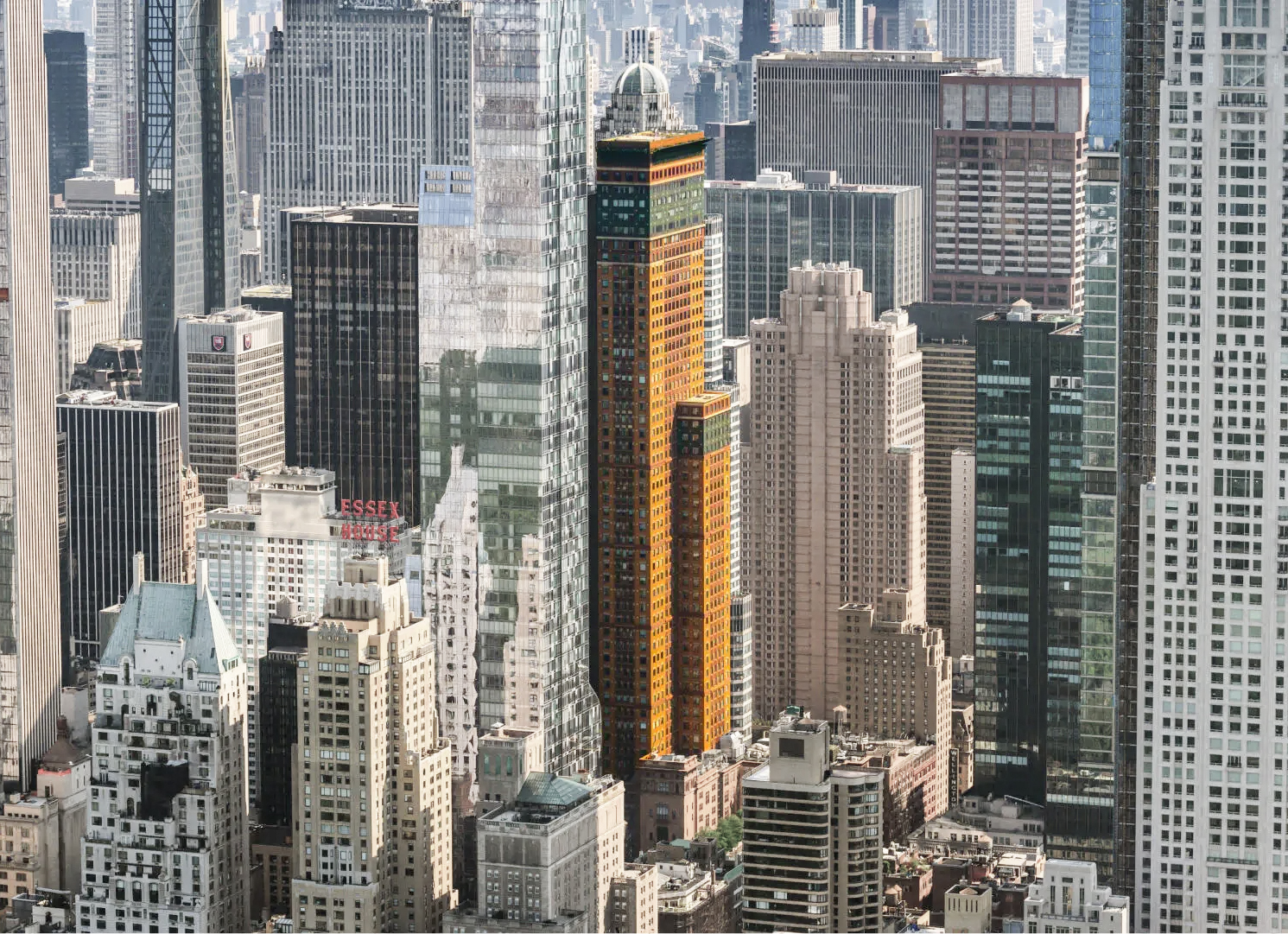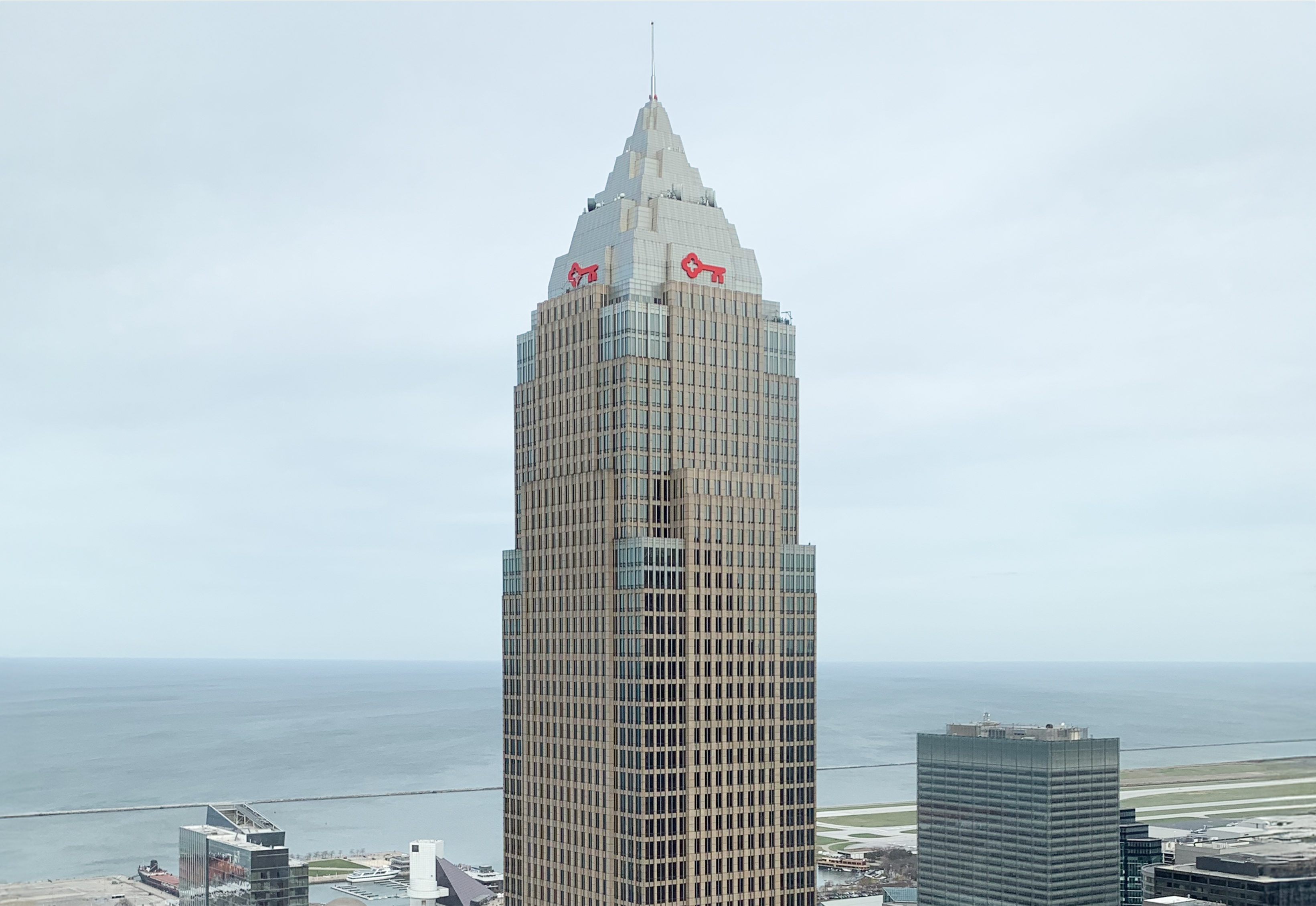The 200 Liberty Street Building is a Postmodernist skyscraper designed by Cesar Pelli & Associates, with Cesar Pelli as lead architect, and built between 1984 and 1986 in New York, NY.
200 Liberty Street Building is not the only name you might know this building by though. It is common for companies to want to attach their names to iconic buildings when they move in, or for the general public to come up with nicknames, and this one is no exception. The building has changed names several times over the years, and is also known as:
- One World Financial Center between 1986 and 2014.
- 1WFC.
- Dow Jones + Ottenheimer & Company Building.
Its precise street address is 200 Liberty Street, New York, NY. You can also find it on the map here.
200 Liberty Street, formerly called One World Financial Center, is one of the four towers that make up the Brookfield Place complex, located in the Financial District of Lower Manhattan, New York.
The complex includes other significant buildings, such as the:
to which it is connected by a skybridge over Liberty Street.The building has been restored 2 times over the years to ensure its conservation and adaptation to the pass of time. The main restoration works happened in 2020 and 2002.
